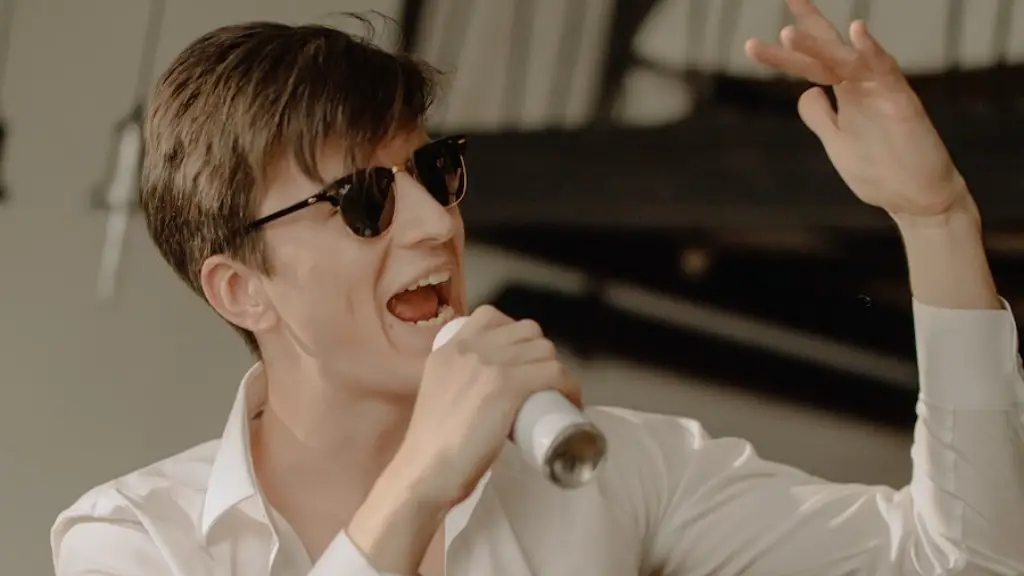Section 1
Drawing portraits with a pencil is an art form that can be used to capture the beauty, emotion, and personality of a person. It is a skill that requires practice and patience, but with a few simple tips, anyone can become an expert in no time. To start, it’s important to understand the fundamentals of portraiture – from choosing the perfect pencil to capturing the perfect angle. Once you have these basics down, you’ll be ready to tackle the world of portrait sketches!
Before you even pick up your pencil, make sure you have a great surface to work on. Sketching pads are ideal for capturing a variety of lines and tones, and for portraiture, you’ll want a thick, sturdy surface with a good grip on your pencil. This will give you the flexibility you need to create subtle depth and movement in your drawings.
Now it’s time to choose the right pencil! Depending on the subject, you may opt for a soft, 3B pencil or a hard, 4H pencil—it all depends on the effect you want to achieve. For added contrast, use a variety of different thicknesses, ranging from soft to hard. Thicker pencils will allow for more texture and depth, while thinner lines will help you capture more delicate details.
When you’re ready to start drawing, make sure you take your time. Take a few moments to observe your subject—their features and their posture—as this will help you capture their likeness more accurately. Focus on their eyes, mouth, and other facial features to really bring out their personality in the drawing.
Once you’ve gotten the basics down, you’re ready to sketch! Start with a simple outline of the person’s face and slowly add more accurate details. For example, if you’re sketching a portrait of a man, you can use long, curved lines to capture the length of his jawline or a few hatching lines to define his beard’s texture. With a few simple strokes, you can add a lot of life and likeness to the sketch.
Section 2
When it comes to creating realistic portraits, shading plays an important role. It will give your drawing depth, contrast, and dimension. If you’re just starting out, begin with basic shadowing—start light and gradually add more as you go. Use your pencil to create layers of darkening tones that will make your portrait pop. If you’re feeling adventurous, try blending the shadows to create shadow transitions and depth. For added realism, use a blending stump or tortillion to smudge your pencil strokes for realistic transitions.
Texture can also be a great way to add character to a portrait. Hair, wrinkles, clothes, and jewelry can all be added with the use of hatching and cross-hatching. To capture details like clothing, use long strokes and lines, while short, staccato lines can be used to create a more gelled and textured look.
While it’s important to get the details right, it’s also important to remember that the negative space around the person in the portrait is just as important. Negative space is the area around the subject that can add just as much detail and emotion to the drawing without the need for actual detail. By adding and subtracting light and shadow, you can create the illusion of depth, volume, and light.
Section 3
When it comes to drawing portrait with a pencil, it’s important to remember to be patient. Drawing a portrait can take time and you shouldn’t be afraid to take breaks and step away from the canvas. Even if you’re a professional, taking breaks will help you maintain your focus, clarity and attention to detail throughout the process.
Editing is also key in portraiture. Once your subject matter is complete, take a look at your portrait and make any edits you feel should be made. Are the eyes too big? Is the nose too long? Is the face flat? Make sure all of your details are accurate and that your portrait conveys the exact emotion you desire.
Another important factor in portrait drawing is to remember to practice! The more you draw, the better your skills will become and the more realistic your portraits will be. Don’t be afraid to take on a variety of subjects, as the more you practice, the more you can push the boundaries of what’s possible with a pencil.
Section 4
It’s important to have the right tools when it comes to drawing portraits with a pencil. Investing in quality pencils, a good eraser, and a craft knife can make all the difference when creating realistic and detailed portraits. A craft knife will come in handy when creating sharp details and adding extra definition to facial features. Plus, a good eraser will help you erase any unwanted pencil marks.
In addition to quality tools, it’s important to take care of your pencils. Keep them clean and store them in a safe place. Wiping them off after each use to remove any leftover graphite or dirt will help them last longer and keep them in tip-top shape.
Finally, remember to have fun! Drawing faces with a pencil should be enjoyable and creative—not a chore. Don’t be afraid to push the boundaries with your work and try new things. Start by experimenting with different styles and techniques, and soon you’ll be an expert in pencil portrait drawing!
